7. Salisilanilida Terhalogenasi
Metode analitik untuk menentukan salisilanilida terhalogenasi menggunakan metode HPLC dengan detektor fluoresensi dilaporkan Li et.al pada 2016. Metode tersebut mereka gunakan untuk menganalisis kadar dari turunan salisilanilida terhalogenasi, yaitu 5-chlorosalicylanilide [CSA], 4-bromosalicylanilide [BSA], 5-bromo-4-chlorosalicylanilide [BCSA], Dibromsalan [DBS], Metabromsalon [MBS], Tribromsalan [ TBS], dan 3,3,4,5-tetrachlorosalicylanilide [TCSA] dalam sampel eye shadow, lipstik, sampo, dan toner. Selain itu, untuk meningkatkan sensitivitas dan selektivitas pengukuran salisilanilida terhalogenasi sampel kosmetik, Lin et.al [2016] menggunakan Solid-Phase Extraction [SPE] digabungkan dengan Ultra-Performance Liquid Chromatography tandem mass spectrometry [UPLC-MS].
8. Heksaklorofen
Pada 2017, Liu et.al melakukan analisis hexachlorophene dalam kosmetik menggunakan metode High-Performance Liquid Chromatography [HPLC], dibantu dengan Magnetic–Solid Phase Extraction [MSPE] dan Ionic Liquid Dispersive Liquid–Liquid Microextraction [IL-DLLME]. Selain metode tersebut, analisis dapat menggunakan Capillary Electrophoresis [CE]. Metode ini menawarkan resolusi tinggi, lebih cepat, tidak memerlukan banyak sampel dan reagen, dan juga dapat dikombinasikan dengan berbagai metode ekstraksi.
9. Kumarin
Metode analisis kumarin dengan GC-MS [Gas Cromatography and Mass Spectroscopy] dikembangkan oleh Devos et.al pada 2012. GC-MS dapat digunakan dalam mode satu dimensi atau dua dimensi tergantung pada kompleksitas sampel parfum yang akan diuji. Keuntungan dari metode analisis ini adalah tidak perlu mengubah konfigurasi sistem jika ingin mengubah mode atau memiliki fleksibilitas yang tinggi. Selain itu, HPTLC [High Performance Thin Layer Chromatography] juga dapat digunakan untuk analisis kumarin dalam sampel kosmetik.
10. Furokumarin
Corbi et.al pada 2014, mengembangkan metode analisis kuanti-tatif untuk identifikasi senyawa furocoumarin menggunakan HPLC digabungkan dengan HR/AM. Metode lain juga dapat digunakan, seperti LC-MS yang dikembangkan Kreidl et.al [2020] memiliki sensitivitas yang cukup baik. Pada tahun 2021, metode yang lebih sensitif dan selektif dikembangkan, dengan pendekatan indeks retensi linier yang diterapkan di LC-coupled triple quadrupole MS.
11. Merkuri
Dalam beberapa tahun terakhir, banyak metode analitik telah dikembangkan untuk mendeteksi kandungan merkuri dalam sediaan kosmetik. Metode yang digunakan untuk menentukan kadar merkuri di antaranya yaitu: enzyme-linked immunosorbent assay [ELISA], atomic absorption spectrophotometry, atomic emission spectroscopy, capillary electrophoresis, electrochemical sensors, dan mass spectroscopy. [][SIS/LC]
Sumber:
1. Pratiwi, R., Auliya As, N.N., Yusar, R.F., and Shofwan, A.A.A. Analysis of Prohibited and Restricted Ingredients in Cosmetics. Cosmetics. 2022, 9, 1 – 30.
2. Beavin, P. Colorimetric Determination of Zirconium in Anti-perspirant Aerosols. J. AOAC Int. 1976, 59, 830–834.
3. Corbi, E.; Pérès, C.; David, N. Quanti-fication of furocoumarins in hydroalcoholic fragrances by a liquid chromatography-high resolution/accurate mass method. Flavour Fragr. J. 2014, 29, 173–183.
4. Desiderio, C.; Marra, C.; Fanali, S. Quanti-tative analysis of synthetic dyes in lipstick by micellar electrokinetic capillary chromatography. Electrophoresis 1998, 19, 1478–1483.
5. Devos, C.; Ochiai, N.; Sasamoto, K.; Sandra, P.; David, F. Full evaporation dynamic headspace in combination with selectable one-dimensional/two-dimensional gas chromatography–mass spectrometry for the determination of suspected fragrance allergens in cosmetic products. J. Chromatogr. A 2012, 1255, 207–215.
6. Guerra, E.; Llompart, M.; Garcia-Jares, C. Miniaturized matrix solid-phase dispersion followed by liquid chromatography-tandem mass spectrometry for the quanti-fication of synthetic dyes in cosmetics and foodstuffs used or consumed by children. J. Chromatogr. A 2017, 1529, 29–38.
7. Kreidl, M.; Rainer, M.; Jakschitz, T.; Bonn, G.K. Determination of phototoxic furanocoumarins in natural cosmetics using SPE with LC-MS. Anal. Chim. Acta 2019, 1101, 211–221.
8. Lamarca, R.S.; Luchiari, N.D.C.; Bonjorno, A.F.; Filho, J.P.; Cardoso, A.A.; Gomes, P.C.F.D.L. Determination of formaldehyde in cosmetic products using gas-diffusion microextraction coupled with a smartphone reader. Anal. Methods 2019, 11, 3697–3705.
9. Li, S.; Liu, X.; Zhang, Y.; Lin, S.; Huang, J.; Li, X.; Guo, X.; Xian, Y.; Dong, H. Determination of seven restricted halogenated salicylanilides in cosmetics by high performance liquid chromatography. Anal. Methods 2016, 8, 5129–5135.
10. Lin, S.; Xian, Y.; Xun, Z.; Li, S.; Liu, X.; Du, W.; Huang, J.; Guo, X.; Dong, H. Solid-phase extraction coupled with ultra performance liquid chromatography tandem mass spectrometry to determine seven halogenated salicylanilides in cosmetics. RSC Adv. 2016, 6, 49011–49018.
11. Liu, Y.; Chu, Y.; Hu, Z.; Zhang, S.; Ma, S.; Khan, M.S.; Chen, F.; Zhang, D.; Guo, L.; Lau, C. High-sensitivity determination of trace lead and cadmium in cosmetics using laser-induced breakdown spectroscopy with ultrasound-assisted extraction. Microchem. J. 2020, 158, 105322.
12. Liu, R.; Liu, Y.; Cheng, C.; Yang, Y. Magnetic Solid-Phase Extraction and Ionic Liquid Dispersive Liquid–Liquid Microextraction Coupled with High-Performance Liquid Chromatography for the Determination of Hexachlorophene in Cosmetics. Chromatographia 2017, 80, 783–791.
13. Miranda-Bermudez, E.; Harp, B.P.; Barrows, J.N. Qualitative Identification of Permitted and Non-permitted Color Additives in Cosmetics. J. AOAC Int. 2014, 97, 1039–1047.
14. Saadatzadeh, A.; Afzalan, S.; Zadehdabagh, R.; Tishezan, L.; Najafi, N.; SeyedTabib, M.; Noori, S.M.A. Determination of heavy metals [lead, cadmium, arsenic, and mercury] in authorized and unauthorized cosmetics. Cutan. Ocul. Toxicol. 2019, 38, 207–211.
15. Suhardiana, E.; Endah, S.R.N. Validation of The Cadmium Analysis Method [Cd] by Atomic Absorption Spectrophotometry in Traditional Scrub. J. Midpro 2021, 12, 311–318.
16. Stutsman, M.J. Gas-Liquid Chromatographic Determination of Chloroform in Toothpastes, Using the Headspace Analytical Technique. J. AOAC Int. 1974, 57, 560–562.
17. Temel, N.K.; Gürkan, R. Combination of Ultrasound-Assisted Cloud-Point Extraction with Spectrophotometry for Extraction, Preconcentration, and Determination of Low Levels of Free Formaldehyde from Cosmetic Products. J. AOAC Int. 2018, 101, 1763–1772.
18. Zheng, Z.; Li, X.; Gao, F.; Liu, H.; Gao, Y. A sweeping-micellar electrokinetic chromatography method for the detection of three chlorophenols in cosmetic samples. Acta Chromatogr. 2021, 33, 387–393.
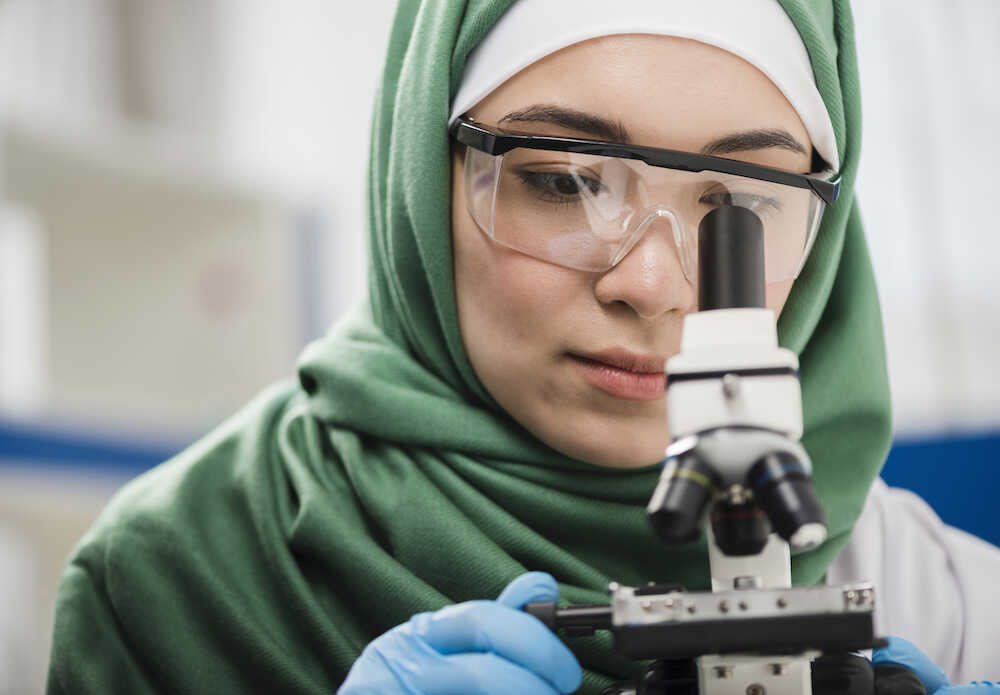
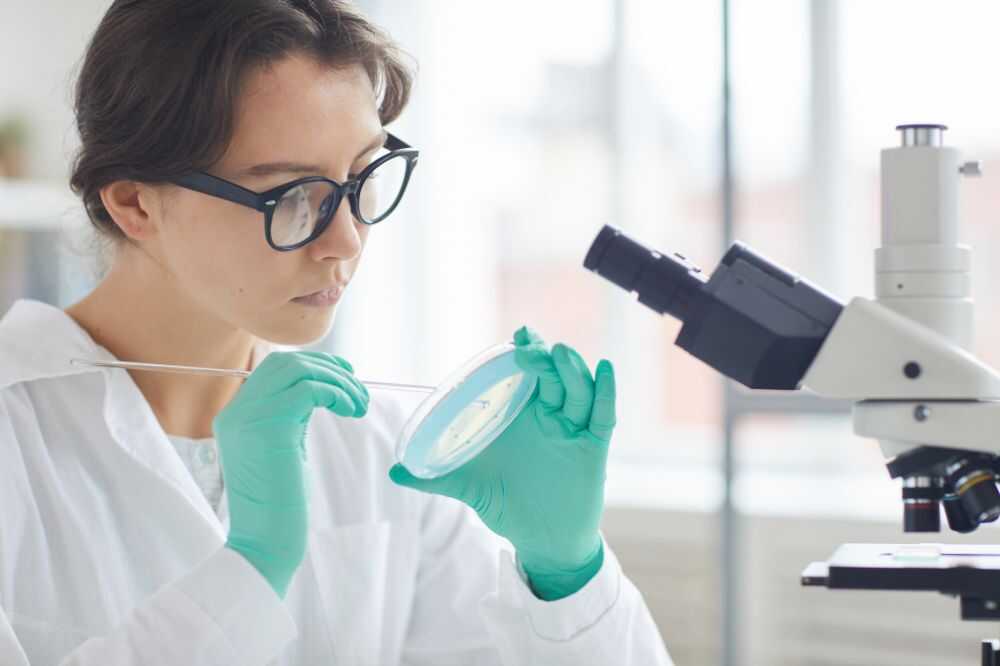
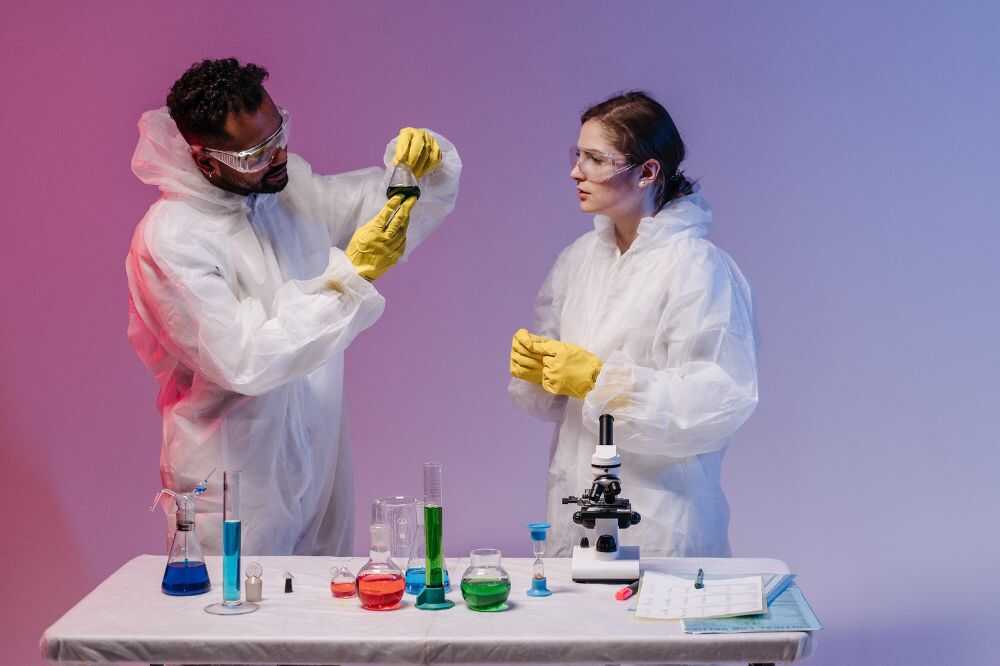

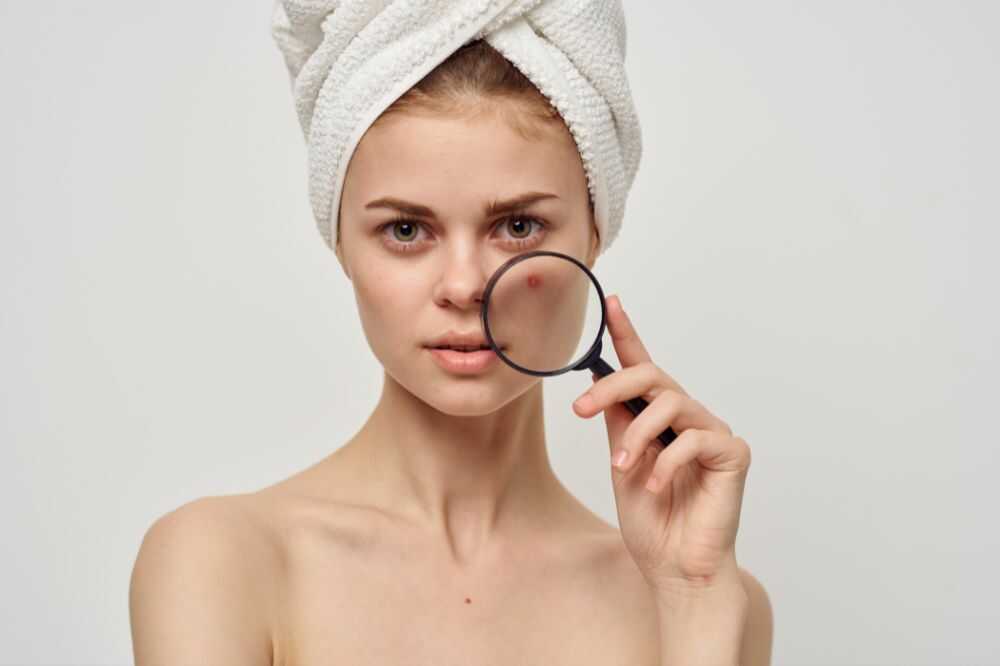
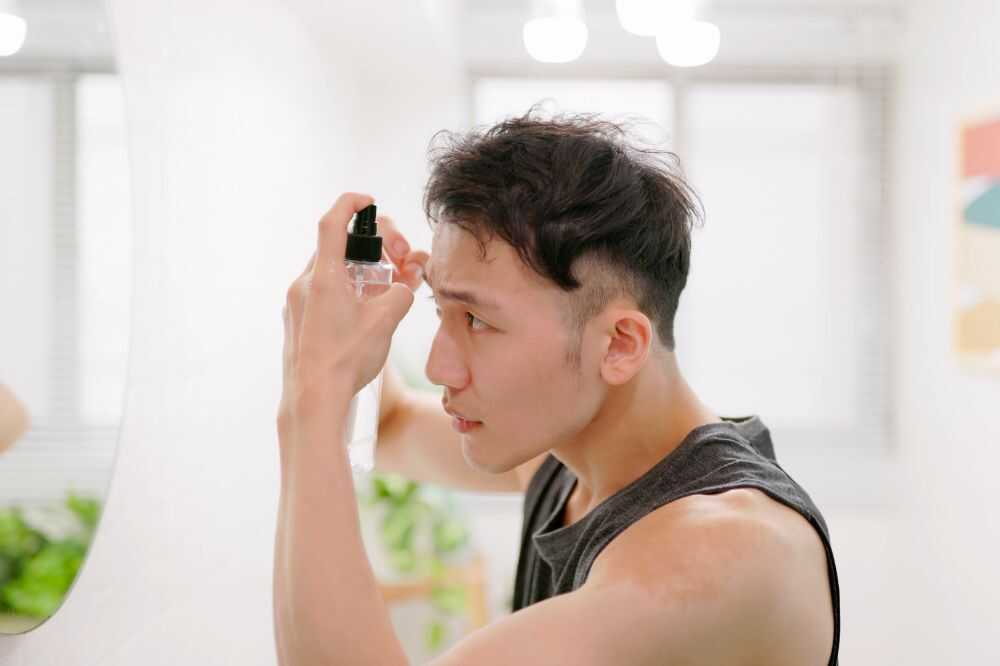
Komentar
Belum ada komentar !